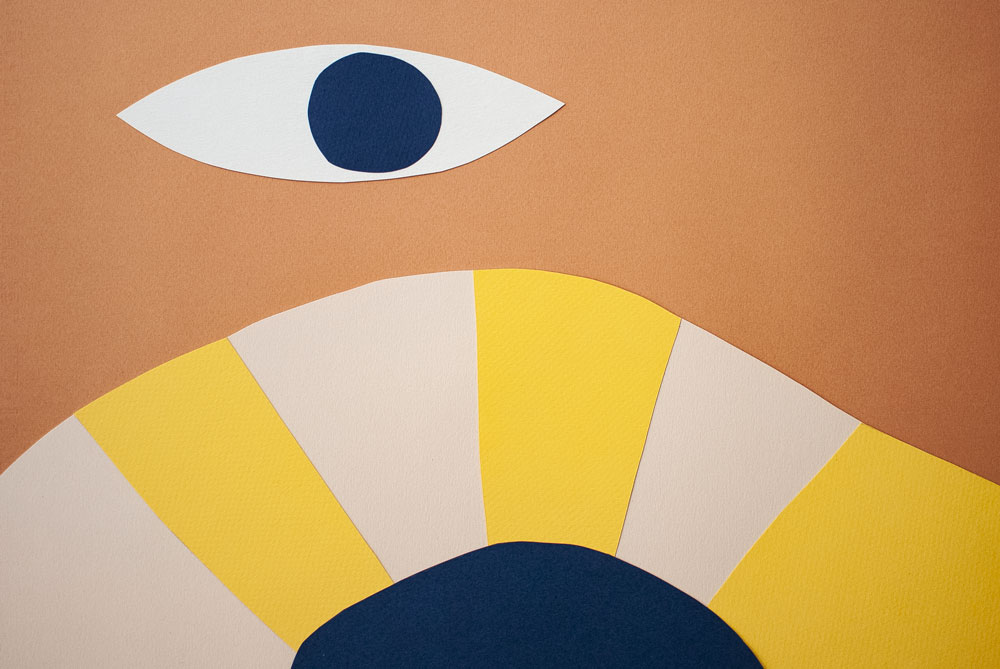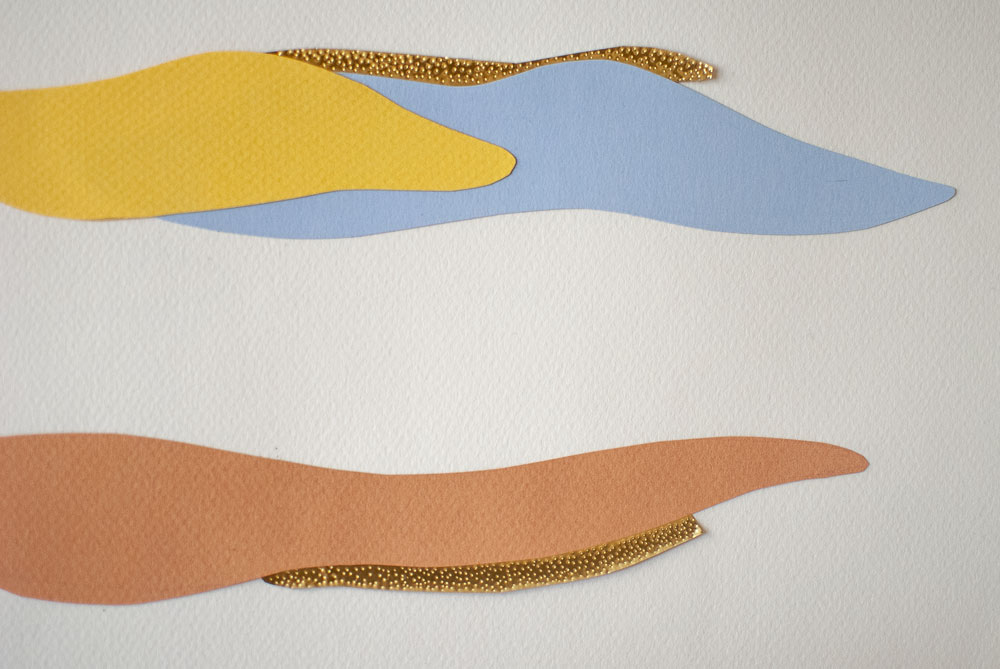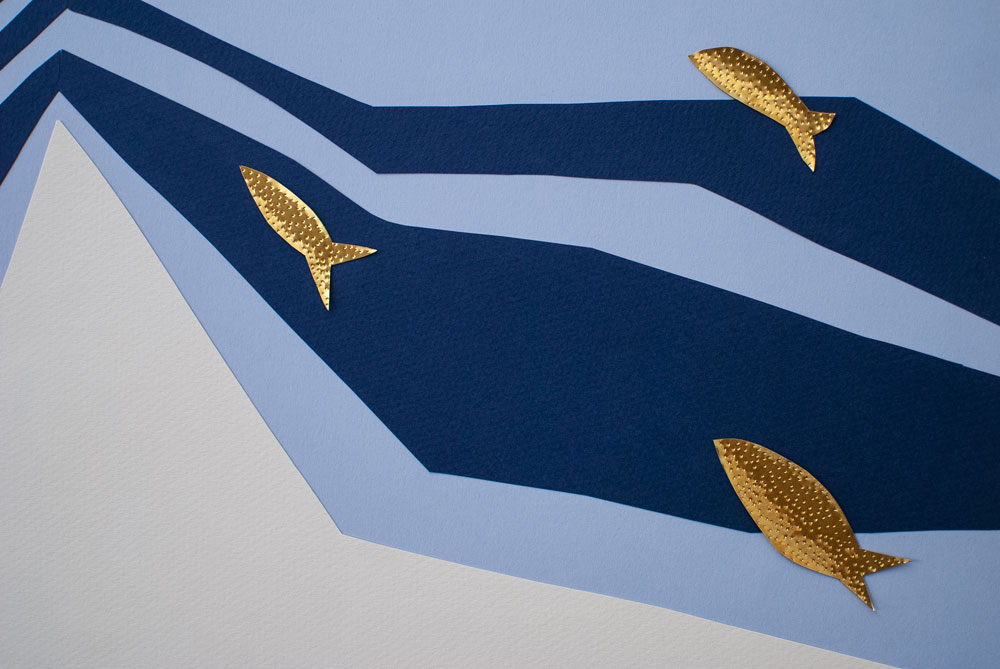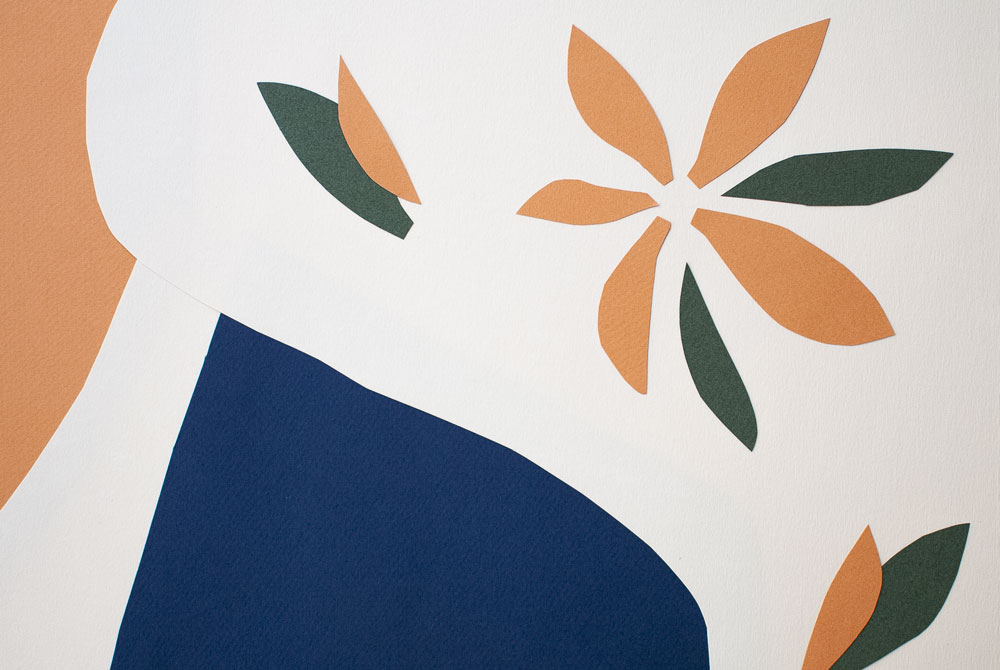Diosas Imperfectas
Personal exhibition at Garage Beer Co
Diosas Imperfectas it’s Spanish for “Flawed Goddesses”
Goddesses are not perfect, they’re the highest example of reality, at its purest level. They can be guidance, examples or warning for the human kind. Beautiful, powerful and real. Just like women. This series is a celebration of a few goddesses and their stories, in their whole truth.
From the top left corner:
ISIS One of the most important deities of ancient Egypt, her name is the Greek form of an ancient Egyptian word for “throne”. Married to king Osiris, she was an example for all the women during his reign. After his brother Seth plotted to kill and tear Osiris into pieces to get the throne, she managed to find her dead husband and make him whole again (fun fact, only his penis was nowhere to be found). Of course she also helped their son Horus to avenge his rightful throne. Definitely one of the most badass goddess around, Isis is the protector of children, healer of the the sick, and goddess of life and magic.
NEFELE In Greek mythology, Nephele was the cloud-nymph wife of Lord Athamas of Athamantia in Boeotia (central Greece). She was divorced by her husband and when Athamas' second wife Ino plotted to have Nephele's children sacrificed to the gods, she sent the golden-fleeced Ram to carry them away to safety. Another great example of mother love, right there.
MAIA In ancient Greek religion, she is the oldest of the Pleiades, seven sisters transformed into a constellation. In ancient Roman religion and myth, Maia embodied the concept of growth and she was explicitly identified with Earth (Terra, the Roman counterpart of Gaia) and the Good Goddess (Bona Dea).
CERERE Ceres was a goddess of agriculture, grain crops, fertility and motherly relationships. Her name means "to satiate, to feed", and share the same root with the Latin crescere "to grow" and through it, the English words create and increase. Goddess of marriage, human fertility and nourishment, patron and protector of plebeian laws, rights and Tribunes.
MORGANA Morgan le Fay is a powerful enchantress in the Arthurian legend. Described as skilled in the arts of healing and of changing shape, her magic powers were explained as learned from books and from the enchanter Merlin. Step-sister of King Arthur, she was always jealous of her brother and his wife's happiness, often trying to destroy it with all her power. She is the goddess of magic, symbol of the female payback, and of the chaos that surrounds everything.
CALIPSO Calypso is a sea nymph in Greek mythology, whose name derives from Greek kalyptō, "to conceal". In Homer's Odyssey, Calypso attempts to keep the fabled Greek hero Odysseus on her island to make him her immortal husband. He was enchanted by her singing and kept prisoner for 7 years. Gained his conscience back, he prays his Gods to help him going back home to his wife and Zeus himself orders Calypso to free him. After having angrily commented on how the gods hate goddesses having affairs with mortals, she releases and help him achieving his dream. She embodies the obstinacy and symbolizes the unrequited love.
SELENE In Greek mythology, Selene is the goddess of the moon, considered its personification. Sister of of the sun-god Helios and Eos, goddess of the dawn, she drives her moon chariot across the heavens. Her cult was prominent magic, folklore, and poetry. A symbol for the feminine soul and a strong influence on women, the Moon has a central role in their life both physically and psychologically.
TALASSA In Greek mythology, Thalassa was the primeval spirit of the sea and the personification of the Mediterranean Sea. She was the daughter of Etere (the Superior Sky) and Emera (the Day). Mother of the all the fishes in the sea, she gave birth to Afrodite and Egeo.






















